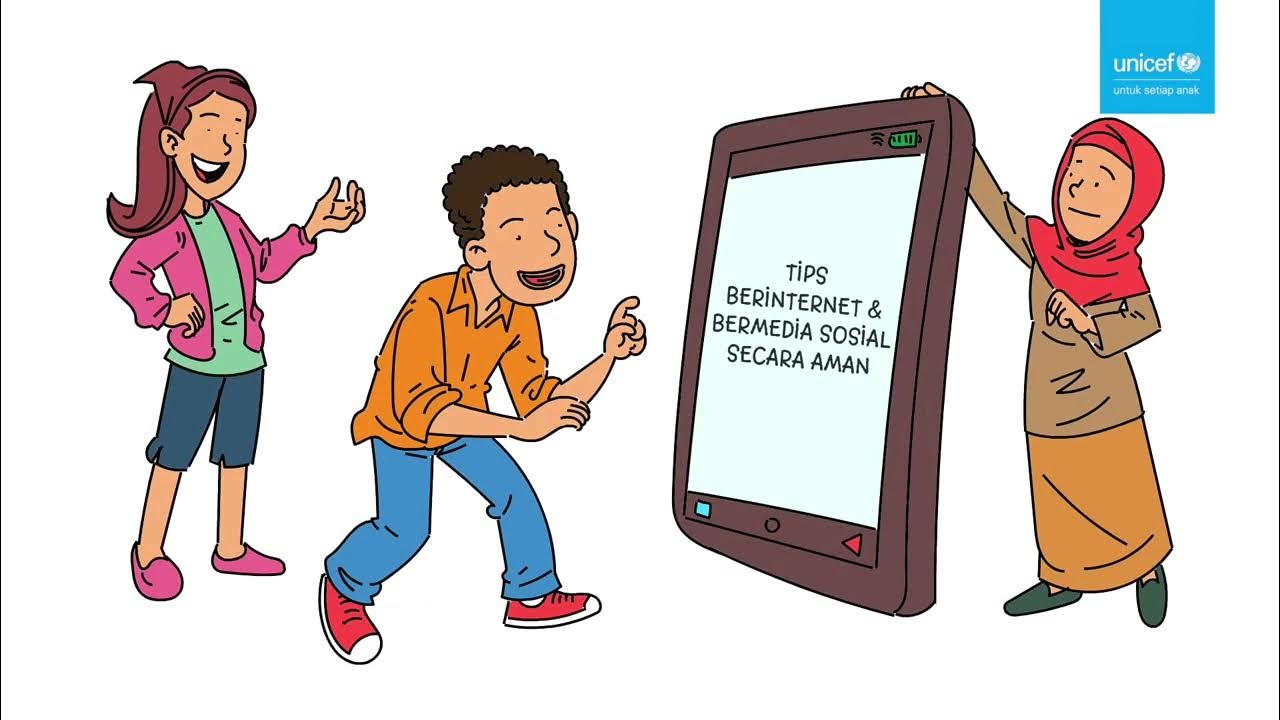Getting Started With Trauma-Informed Practices
Summary
TLDRThis video script emphasizes the significance of being Trauma-Informed in educational settings. It discusses how diverse life experiences, including trauma, affect students' behaviors and learning abilities. Experts highlight the importance of human relationships and trust in mitigating stress and fostering a healing environment within schools. They advocate for teaching social and emotional skills, such as self-regulation and emotional expression, to support students' overall development and resilience.
Takeaways
- 🌐 Making the world a better place involves focusing on big questions and understanding diverse life experiences.
- 🧠 Being Trauma-Informed is crucial for educators to approach student behavior with empathy and understanding.
- 🏫 Schools should recognize the impact of adverse childhood experiences on learning and behavior.
- 🤝 The presence of trust and human relationships can act as an antidote to the stress caused by trauma.
- 💪 Schools have the potential to be healing places by fostering supportive relationships.
- 🧠 Fear, anxiety, and distraction can shut down the brain's ability to learn, emphasizing the need for emotional support.
- 🛠️ Social and emotional tools are essential for students to recover from challenges and regulate emotions.
- 👥 Classroom time should be dedicated to building foundational skills like self-regulation and relationship skills.
- 🌱 Understanding trauma's effects is necessary to create a responsive educational environment.
- 🤗 Self-awareness and emotional recognition are key components of trauma-informed education.
- 🌟 Positive affirmations and group activities can boost students' self-esteem and create a supportive classroom atmosphere.
Q & A
What does Lindsey believe is the key to making the world a better place?
-Lindsey believes that being Trauma-Informed and having the right mindset is key to making the world a better place. This involves accepting that people come from varied life experiences, some of which may be traumatic.
How does Lindsey approach students' behaviors in her classroom?
-Lindsey approaches students' behaviors by trying to understand the root cause rather than simply judging whether they are doing the right or wrong thing.
What are the potential negative effects of adverse childhood experiences on learning and behavior?
-Adverse childhood experiences can cause overwhelming stress, leading to negative effects on the learning brain and behavior, including uneven development of foundational skills like self-regulation, executive function, and relationship skills.
What is the powerful antidote to stress mentioned by Dr. Cantor?
-The powerful antidote to stress mentioned by Dr. Cantor is the effect of human relationships and the presence of trust.
Why are schools considered ideal places to produce relationships that buffer stress?
-Schools are considered ideal places to produce relationships that buffer stress because they provide an environment where various kinds of supportive relationships can be formed.
How does Dr. Darling-Hammond explain the impact of fear, anxiety, and distraction on learning?
-Dr. Darling-Hammond explains that fear, anxiety, and distraction can literally shut down the brain, making it impossible for students to learn effectively.
What are the social and emotional tools Dr. Darling-Hammond suggests schools should provide to students?
-Dr. Darling-Hammond suggests schools should provide tools for perceiving emotions, discussing them, getting along with others, calming down when needed, and expressing needs so they can be met.
What does Dr. Cantor suggest is necessary to be responsive to the effects of trauma?
-Dr. Cantor suggests that to be responsive to the effects of trauma, one needs to consider the environment, individual services, and the skills and mindsets of children.
How does Lindsey help students with self-awareness and emotion management?
-Lindsey works on self-awareness by helping students name their emotions and then make choices around them, which is a strategy for managing emotions.
What is the boy's strategy for calming down when he gets mad?
-The boy's strategy for calming down when he gets mad is to take deep breaths.
How does Dr. Darling-Hammond view the universal benefits of trauma-informed practices in schools?
-Dr. Darling-Hammond views trauma-informed practices as beneficial for all students, as they help those who have experienced trauma deal with past events and prepare others to handle future challenges.
Outlines

هذا القسم متوفر فقط للمشتركين. يرجى الترقية للوصول إلى هذه الميزة.
قم بالترقية الآنMindmap

هذا القسم متوفر فقط للمشتركين. يرجى الترقية للوصول إلى هذه الميزة.
قم بالترقية الآنKeywords

هذا القسم متوفر فقط للمشتركين. يرجى الترقية للوصول إلى هذه الميزة.
قم بالترقية الآنHighlights

هذا القسم متوفر فقط للمشتركين. يرجى الترقية للوصول إلى هذه الميزة.
قم بالترقية الآنTranscripts

هذا القسم متوفر فقط للمشتركين. يرجى الترقية للوصول إلى هذه الميزة.
قم بالترقية الآنتصفح المزيد من مقاطع الفيديو ذات الصلة

"Is trauma-informed just about being sweet, nice, & kind"- Karen Treisman & Mandy Davis discuss.

Penggunaan Internet dan Media Sosial Sehat dan Pengawasan Penggunaan Gawai Screentime

How to Write a Body Paragraph for a Rhetorical Analysis Essay | AP Lang | Coach Hall Writes

Auto Regression(AR) Model in Python| Time Series Forecasting #5|

What is Trauma-Informed Care?

Numerasi - Kebutuhan Personal dan Pekerjaan
5.0 / 5 (0 votes)
